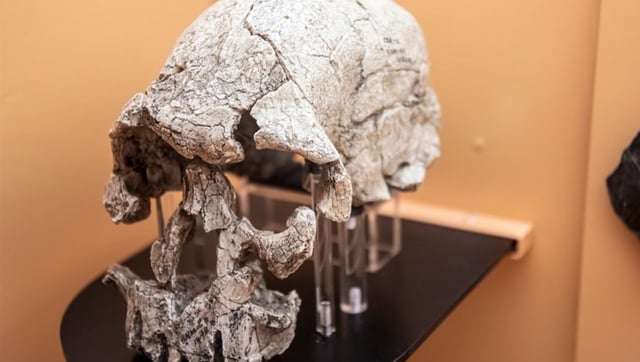Overview
- The Dartmouth-led study published July 31 in Science offers the first fossil record proof of behavioral drive in human evolution, where feeding habits arise before anatomical change.
- Carbon and oxygen isotope analyses of Australopithecus afarensis teeth reveal a shift to graminoid consumption between 4.8 and 3.4 million years ago despite unchanged dental morphology.
- Around 2.3 million years ago, a marked drop in carbon and oxygen isotopes in Homo rudolfensis teeth indicates a dietary shift toward underground plant organs such as tubers.
- Longer, narrower molar adaptations did not emerge until approximately 2 million years ago when Homo habilis and Homo ergaster developed teeth suited for grinding cooked and tough plant tissues.
- The findings overturn prior assumptions by demonstrating that early hominin behaviors can steer physiological evolution through sustained morphological lags.


